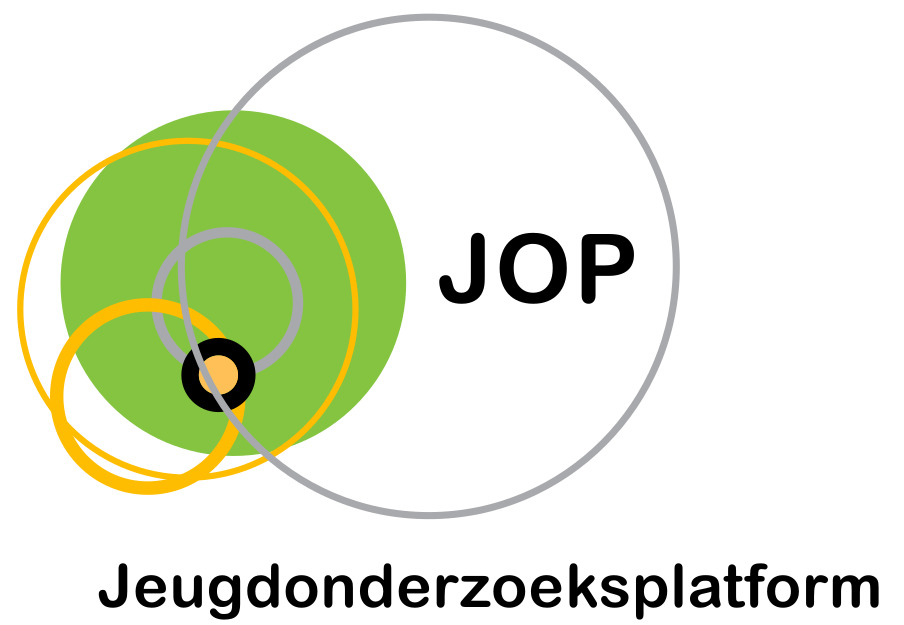Physically distant, virtually close: Adolescents’ sexting behaviors during a strict lockdown period of the COVID-19 pandemic
Auteurs
Maes, C. & Vandenbosch, L. (2022)

Abstract
This study contextualizes Belgian adolescents’ (12–18 years old) sexting behaviors between romantic and non-romantic partners during a strict lockdown period of the COVID-19 pandemic. An online survey among 543 Belgian respondents (Mage = 15.29, 68% girls) showed that 40.9% of the adolescents engaged in at least one type of sexting (i.e., type one = textual, type two = visual content with underwear/swimwear, type three = visual depiction of private parts, type four = visual depiction of sexual acts). Arousal needs were the most common reasons to sext (M = 3.33, SD = 1.89). Generalized ordered logit analyses show that higher arousal needs were linked to higher frequencies of the first three sexting types. Relational affirmation needs were related to the engagement in sexting type two, whereas partner pressure was related to sexting type three and four. Regarding the latter, a significant link was also found with stress regulation. Conditional relations emerged according to adolescents’ sex, developmental status, and relationship status. The current study’s findings not only help to inform practitioners in terms of behavioral advice for future pandemics or periods after social isolation, but can also offer explanations for (changes in) adolescents’ sexting behaviors after the pandemic and the possible dual nature of its effects.
Deze studie contextualiseert het sextingedrag van Belgische adolescenten (12-18 jaar) tussen romantische en niet-romantische partners tijdens een strikte lockdownperiode van de COVID-19 pandemie. Een online survey bij 543 Belgische respondenten (gemiddelde leeftijd = 15.29, 68% meisjes) toont aan dat 40.9% van de adolescenten betrokken zijn bij ten minste één sextingtype (d.i. type één = tekstueel, type twee = visuele inhoud met ondergoed/zwemkleding, type drie = visuele weergave van geslachtsdelen, type vier = visuele weergave van seksuele handelingen). Behoefte aan opwinding was de meest voorkomende reden om te sextten (M = 3,33, SD = 1,89). Generalized ordered logit analyses tonen aan dat hogere opwindingsbehoeften samenhingen met hogere frequenties van de eerste drie soorten sexting. Relationele bevestigingsbehoeften waren gerelateerd aan de betrokkenheid bij sexting type twee, terwijl partnerdruk samenhing met sexting type drie en vier. Wat dit laatste betreft, werd een significant verband gevonden met stressregulatie. Er ontstonden voorwaardelijke verbanden naargelang het geslacht, ontwikkelingsstatus en relatiestatus. De bevindingen van de huidige studie helpen niet alleen om praktijkactoren te informeren in termen van gedragsadviezen voor toekomstige pandemieën of periodes na sociaal isolement, maar bieden ook verklaringen voor (veranderingen in) het sextinggedrag van adolescenten na de pandemie en de mogelijke dubbele aard van de effecten ervan.
Referentie
Maes, C. & Vandenbosch, L. (2022). Physically distant, virtually close: Adolescents’ sexting behaviors during a strict lockdown period of the COVID-19 pandemic. Computers in Human Behavior, 126, 107033
Taal
Engels
Publicatievorm
Tijdschriftartikel
ISBN – DOI
DOI 10.1016/j.chb.2021.107033
Trefwoorden
Sexting; adolescenten; COVID-19; lockdown, gebruik en bevrediging
